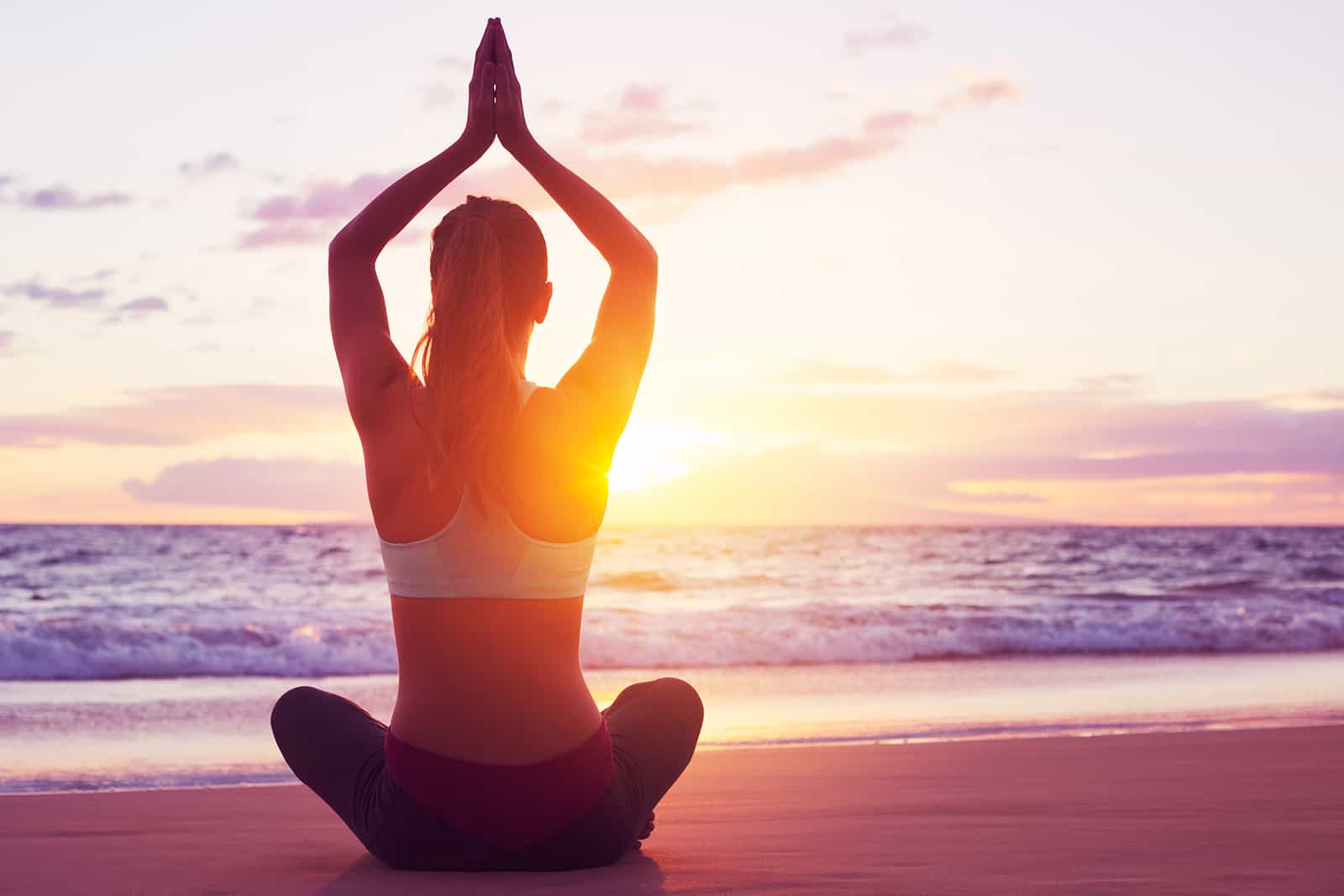In today’s fast-paced world, many of us find it challenging to unwind and relax. With endless to-do lists and a constant bombardment of stimuli, it’s no wonder that stress and anxiety have become commonplace. However, there is a simple yet effective practice that can help alleviate these feelings and promote a sense of inner peace and calm: meditation. Meditation has been practiced for thousands of years and has numerous physical, emotional, and mental benefits. It can improve focus, reduce stress, boost creativity, increase self-awareness, and promote overall well-being. If you’re new to meditation and wondering how to get started, this beginner’s guide will provide you with everything you need to know to begin your mindfulness journey. From setting up your space to choosing the right technique, we’ll guide you through the basics of meditation and help you establish a regular practice that fits your needs and lifestyle.
1) Just start
The first step to meditation can be to just sit by yourself and think of nothing, says yoga, wellness and image coach and inside-out transformations facilitator, Garima Bhandari. “Just tune into the rhythm of your breath that will lead you to the realm of your inner consciousness and awareness. The most powerful and mindful meditation is the observation and reflection on your thoughts that come in and out of your mind during the process. This allows you to get in touch with yourself at a deeper level and provides emotional stability that helps you manage your fluctuating moods, self-limiting thoughts, and varying emotions,” she adds.
Clinical psychotherapist Radhika Bapat says that the hard-core scientific community has shown benefits arising out of techniques such as breathing retraining, progressive relaxation, guided visualisations, yoga, and Ayurvedic massages, when done right.
2) Meditate whenever you can, for as long as you can
Puddicombe advises starting small. “Like start with three minutes, and you do that for a week. Three minutes feels okay? Great, then do five minutes a day. Then maybe work up to 10 minutes a day. But start with the basics,” he says. As with everything in life, consistency is vital to see any kind of positive effects of meditation as well. “The body needs to get habituated to the effects of the practice, and this takes time depending on what your goal is. In some forms of meditation, 20 minutes a day, to begin with, every day, is enough. Other kinds require an hour or more. Immediate effects of meditation are usually felt with helping induce sleep and reducing muscle tension and thereby pain,” says Bapat.
3) Gather everything you need
“Depending on the kind of relaxation technique you use, a quiet space devoid of distractions, noise-cancellation headphones, a sticky mat or “chaadar” to sit on and if required lie down on, and phones on a do-not-disturb mode,” are things that will help you prep for your session, says Bapat.
4) Set up a safe space
Find a quiet corner in your house which is free of clutter and distractions, where the lighting is soft, says Bhandari. “If possible, try to make this corner your own sacred spot by putting up things that add to your positive vibe.”
5) Slot a time in your day to focus on meditating
Like most experts would advise, Bhandari and Bapat agree that while the ideal time to meditate is in the morning, the best time is whenever you find the time. “It is better to meditate at any time than to not meditate at all,” says Bhandari. Preferably choose a time early in the morning or at night when you don’t have to cater to the needs of your home or workplace, and avoid eating for at least an hour before your practice, adds Bapat.
6) Find a class, app or programme that’ll help you
Bapat’s picks include programmes run by the BKS Iyengar Institute. “Having attended them, the thing I most appreciate is their authenticity. The Ashtanga Yoga and Hatha Yoga Institute at Mysore is also very well-known,” she says. Other suggestions include apps like Aura, Headspace, Smiling Mind, 10% Happier, Inscape, Sattva and Freedom Guru. These apps work for different types of meditation—whether you want to practice to ambient sounds, need a well-curated playlist or want a guided meditation that’ll help you get there.
“The idea of meditation is to ‘unlearn’ and let go of the baggage that we have collected over the years, and that is the beauty of it. It is not a quick-fix remedy, but with dedication, patience and discipline, one can get to get to a state of mind where one can truly understand the concept of meditation and practise it effectively,”


